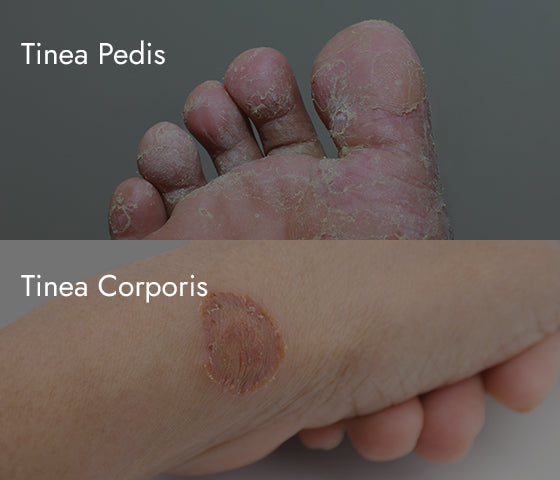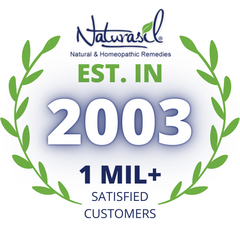Of course, there are reasons why you may find yourself more likely to get a tinea infection. When it comes to tinea pedis, the fungal infection more commonly known as athlete’s foot, it is perhaps no surprise that walking barefoot on the floor of changing rooms and communal showers is often the culprit.
But did you know that you can also catch tinea pedis by touching the affected areas of someone else’s athlete’s foot or even sharing a towel with them? You are also more likely to contract tinea pedis if you wear damp or sweaty socks or have broken skin on your feet.
Similarly, ringworm (which is more formally known as tinea capitis when affecting the scalp, tinea cruris in the case of the groin, buttocks, and inner thighs, or tinea corporis when occurring anywhere else on the body) is commonly spread due to close physical contact with another person or an animal who has a case of the fungal infection. If you share a bed with a pet or a partner who has a case of tinea or even partake in contact sports like wrestling with someone who has ringworm, you may be more at risk.
Tinea corporis can be spread from person to person if you share towels, bedding, or clothes; you could catch tinea capitis if you share hats or combs, too. It is a misconception that tinea cruris is a sexually transmitted infection, though close contact and sharing bedding and unwashed clothing with another person with this kind of ringworm can increase your chances of catching this kind of tinea, too.
There are additional risk factors when it comes to this form of tinea: people with broken skin or living in humid conditions are more likely to catch it, while diabetes, obesity, and some immune system problems make you more likely to get a case of tinea, too.
In the case of tinea unguium, a kind of tinea that presents as a common nail infection, diabetes, and a weakened immune system are common risk factors. Like tinea pedis, this nail infection can be regularly contracted from public pools, locker rooms, and communal showers, as well as from wearing damp socks or shoes for long periods of time. If you have damaged or ingrown toenails, you pick your toenails, you get pedicures, or you have skin conditions like psoriasis, you may find yourself more likely to get a case of tinea unguium, too.
A little different is Tinea versicolor. This skin condition is caused by naturally occurring yeast that lives and grows on the skin. Unlike other types of tinea, tinea versicolor is not contagious and cannot be caught by someone already displaying symptoms of the condition. While anyone can develop tinea versicolor, it is more prevalent in warm, humid climates. Though the condition is still very common, it affects only around 1% of people living in milder countries and up to 40% of people in more humid places. Oily skin, sweating, hormonal changes, and a weakened immune system can also contribute to your risk of tinea versicolor.
In summary, anyone can be at risk of a tinea infection. However, certain activities and health conditions may increase your risk further. By wearing flip-flops in communal areas, washing clothing and bedding frequently, and limiting skin-to-skin contact with other people or animals with an active case of tinea, you can limit your risk factors significantly. And, if a case of tinea does occur, remember it is extremely common and nothing to be afraid of. Our effective range of products will help you clear up your tinea, using all-natural ingredients, and prevent it from recurring.








